As they might say about art, there are people who don’t know much about SUVs but know what they like. That is, something that looks like an SUV but not offensively so, and one that looks expensive enough without forcing them to save money by changing their supermarket. That’ll be the Honda CR-V, then, and specifically, the Mk4 that ran from 2012 to 2018.
It came from good stock. Mk1-Mk3 CR-Vs were capable and well-regarded soft-roaders in a market still getting its head around the breed. By 2012, however, car buyers had completely bought in to the SUV concept and were drowning in choices. The Mk4 CR-V had its work cut out, a task not helped by Honda’s apparent refusal to advance the model much beyond its immediate predecessor. Someone must have said something, though, because in 2015 it received a comprehensive facelift. The Mk4 CR-V may have been no Volkswagen Tiguan, at least to drive, but it basked in Honda’s reputation for building quality cars that hold their value, and for many buyers that was, and remains, quite enough, thank you.
It was launched in two- and four-wheel-drive forms and with a choice of two engines: a 2.2 i-DTEC diesel, which produces 148bhp, and a 2.0 i-VTEC petrol. The latter makes 153bhp, but the diesel answers with a muscly 258lb ft compared with the petrol’s measly 142lb ft. If you have something to tow, the 2.2 i-DTEC is the one to go for. However, if you live in or near London or any other ULEZ area, think twice because, carrying a Euro 5 emissions rating, it attracts the onerous entry charge.
Automatic transmission was an option with both engines. In 2013, the 2.2 i-DTEC was joined by the new 1.6 i-DTEC, producing 118bhp and 221lb ft. Offered only with two-wheel-drive, its selling points were low emissions of 119g / km CO2 and an official combined economy figure of 62.8mpg.
With the 2015 facelift, the CR-V Mk4 gained a new nose (pictured below) similar, in fact, to that of the present model, along with a refreshed tailgate and rear bumper. The 2.0 i-V TEC continued, while for four-wheel-drive models, in either automatic or manual form, a second 1.6 i-DTEC boosted to 158bhp and 258lb ft replaced the 2.2 i-DTEC. However, if you can live with two-wheel drive, the 118bhp 1.6 i-DTEC is cheaper and more plentiful. A surprising fact about the 1.6 i-DTEC is that in pre-facelift cars it meets only Euro 5 standards so, as with the 2.2 diesel, it attracts London’s ULEZ charge. Thankfully, the 1.6 was uprated to Euro 6 in the 2015 facelift.
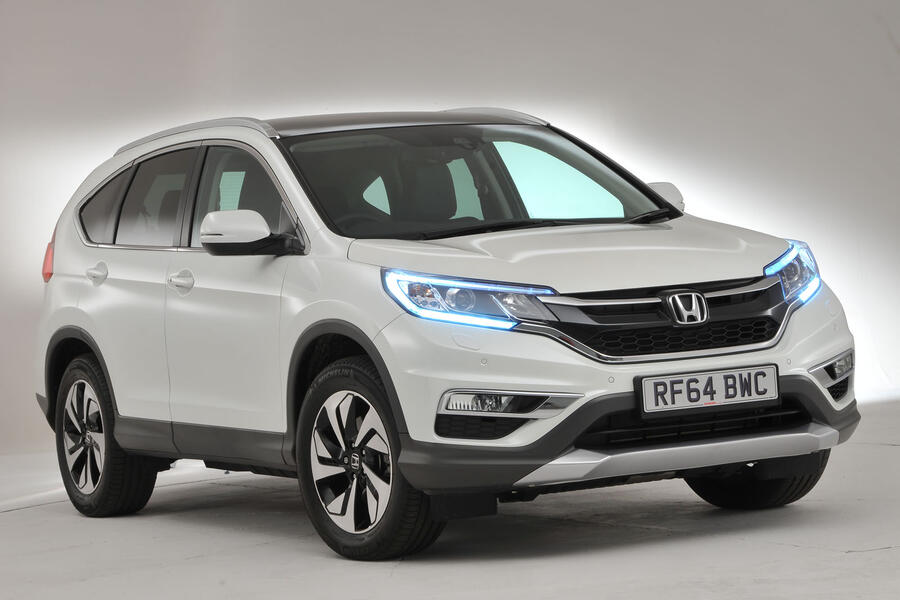
The CR-V is quite a large car but, conveniently, the rear seats can be folded remotely. Avoid lowly S trim (most new buyers did) and opt instead for mid-range SE with it s park ing sensors and rear-view camera or SE Navi with… Well, you can probably guess what. Alternatively, make a splash and choose EX, the best-equipped one, with leather, a panoramic sunroof and a powered tailgate.
Sitting comfortably? We won’t tell you about the CR-V’s muddled infotainment system, with its array of confusing but tons and drawn-out menus, then. So there you have it: a hero for those who don’t know much about SUVs but know one that’s classy, comfortable and cheap to run when they see it.
What we said then
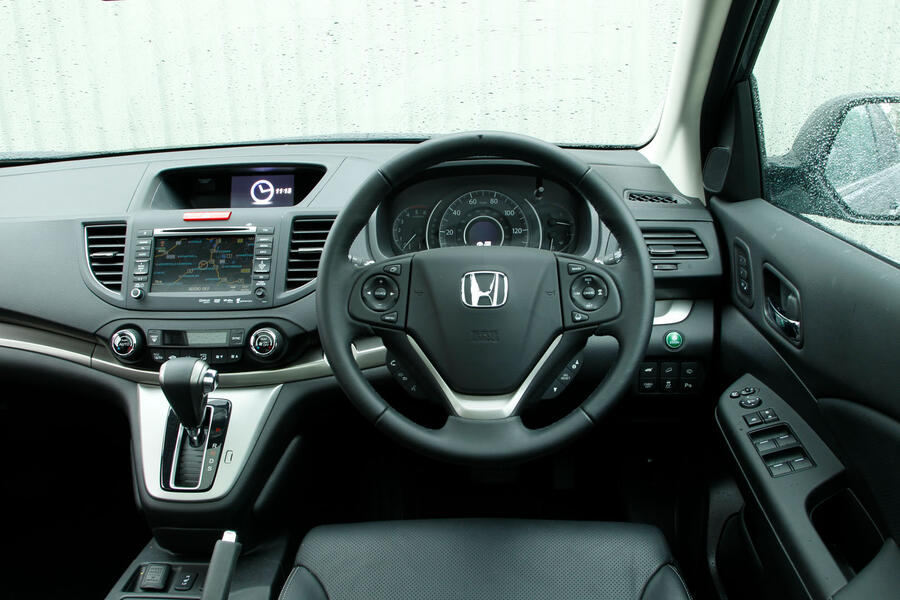
5 September 2013: “Unless you’re a one-legged man or woman with a pathological aversion to diesel, it’s very hard indeed to see why you’d bother with the 2.0-litre, all-wheel-drive petrol model with an automatic transmission that offers inferior performance to every other model in the range, 1.6-litre diesel included.”
An owner’s view
Jack Garside: “My CR-V is a 1.6 i-DTEC SE Navi. It’s only a 2017-reg but has done 170,000 miles! I know: it’s a lot. I’m the second owner and bought it with around 150,000. It’s perfectly reliable and the interior is holding up well. I no longer have it serviced by a Honda agent but it doesn’t seem fussed. The radio and sat-nav are a little awkward to use, but otherwise it’s good to drive and averages 60mpg.”
Buyer beware
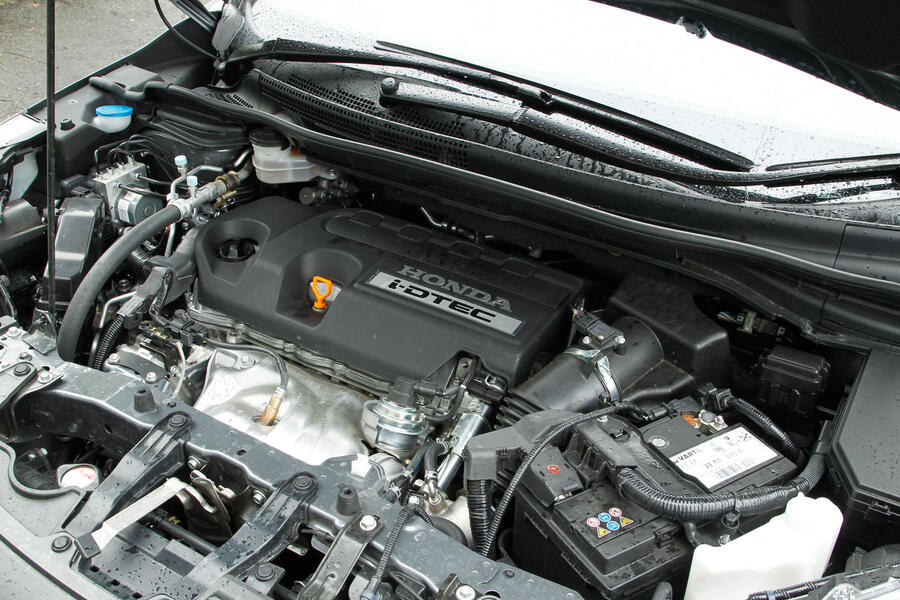
Engine and electrics: Some low-mileage or little-used 1.6 i-DTEC cars are plagued by clogged DPFs. Staying with this engine, check the oil pressure switch at the back isn’t leaking. On the petrol i-VTEC, listen for a groaning noise from the VTEC actuator on start-up. Don’t worry about water droplets on the underside of the oil filler cap: it’s not a blown cylinder head gasket; instead, the cap has no breather, so moisture has nowhere to escape. Starter motors are a bigger issue, with a few failures reported. There are a lot of electrical features, so even later cars may need a fresh battery by now.
Transmission: If the car has been used for towing duties, check all is well with the clutch and dual-mass flywheel. Four-wheel-drive versions are in this mode from a standing start; if it’s not required, they then revert to two-wheel drive. Check all wheels are engaged by accelerating briskly. On all versions, expect some clutch judder from stone-cold. That said, there have been reports of broken engine mounts.
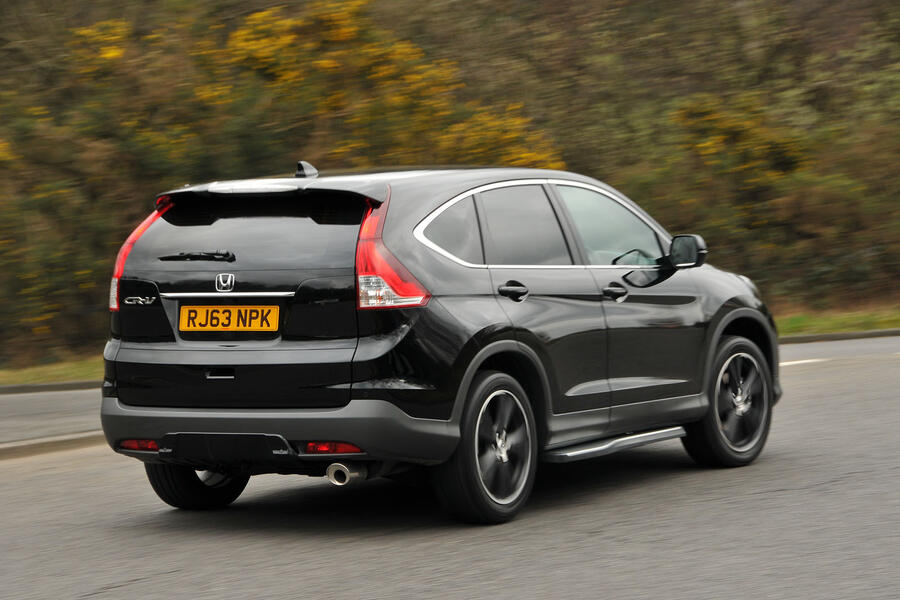
Wheels and suspension: Black Edition models (pictured above) are based on SE trim but have larger, 19in wheels, which, fitted with low-profile tyres, mark easily. Standard wheels are protected by deeper tyres so don’t get kerbed much but they do corrode. Front shock absorbers have been known to fail prematurely, so check them for leaks and rebound.
Brakes: There have been reports of faulty electromechanical parking brakes so check it engages and releases a few times on the test drive. Also check that it makes no squealing noises.
Interior: Make sure this isn’t too knocked about. Feel around the front footwell carpets for water caused by a blocked windscreen scuttle drain. Check the remote rear seat release works.
Body: Some owners criticise the halogen headlights on models that sit below upper-mid-range SR trim, which has more powerful xenons.
Also worth knowing
The 1.6 i-DTEC in the CR-V was praised for its performance, economy and low emissions, achieved by a new Bosch fuel injection system and with improvements to combustion efficiency. Air flow is managed by an exhaust gas recirculation (EGR) system. The EGR valve can be troublesome, so check for smooth running. The engine was also paired with a new, lightweight six-speed manual transmission.
All being so, it’s odd that the few 2013/14-reg CR-V 1.6 i-DTECs that exist are Euro 5 and therefore attract London’s ULEZ charge, while post-2015 facelift versions are Euro 6 and avoid it. If you can live with the pre-facelift model, you should use its inferior Euro 5 emissions grade as an excuse to beat down its price.
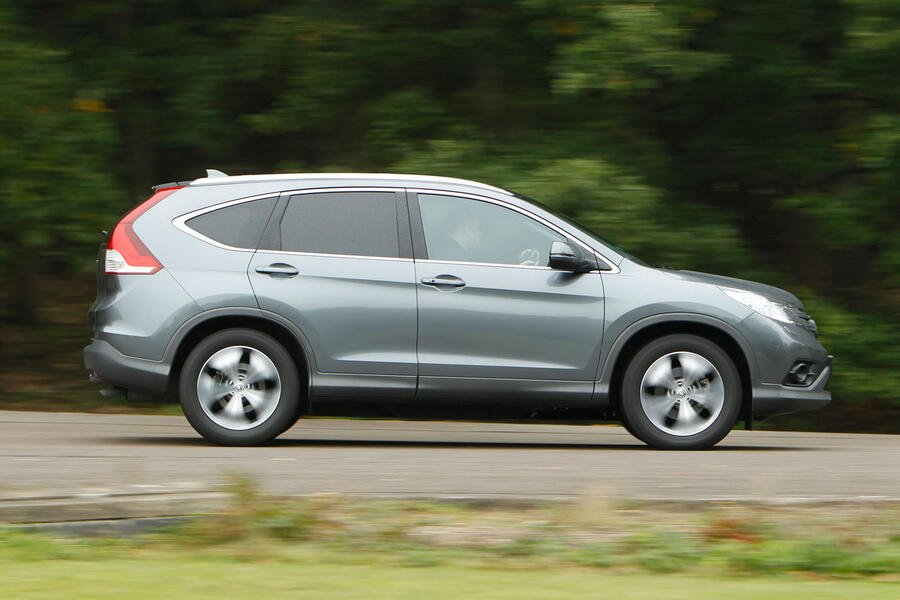
How much to spend
£3500-£6999: Wide choice of diesels with high mileage (150,000-plus) up to 2015.
£7000-£11,999: From sub-100k-mile 2014 cars to 2016 Euro 6 diesels with 90k miles.
£12,000-£15,999: Lower-mileage 2016 and 2017 petrols and diesels.
£16,000-£19,999: Good choice of 2017 and 2018 cars with mileages around 40,000.
£20,000-£25,000: The best low-mileage, late-plate cars.
One we found
Honda CR-V 1.6 i-DTEC SE Navi, 2016, 85,000 miles, £11,950: Approved used CR-V with a 12-month warranty and 85,000 miles, so it’s not sat around with the DPF clogging up. Dual-zone air-con, privacy glass, roof rails and comfy 17in wheels.


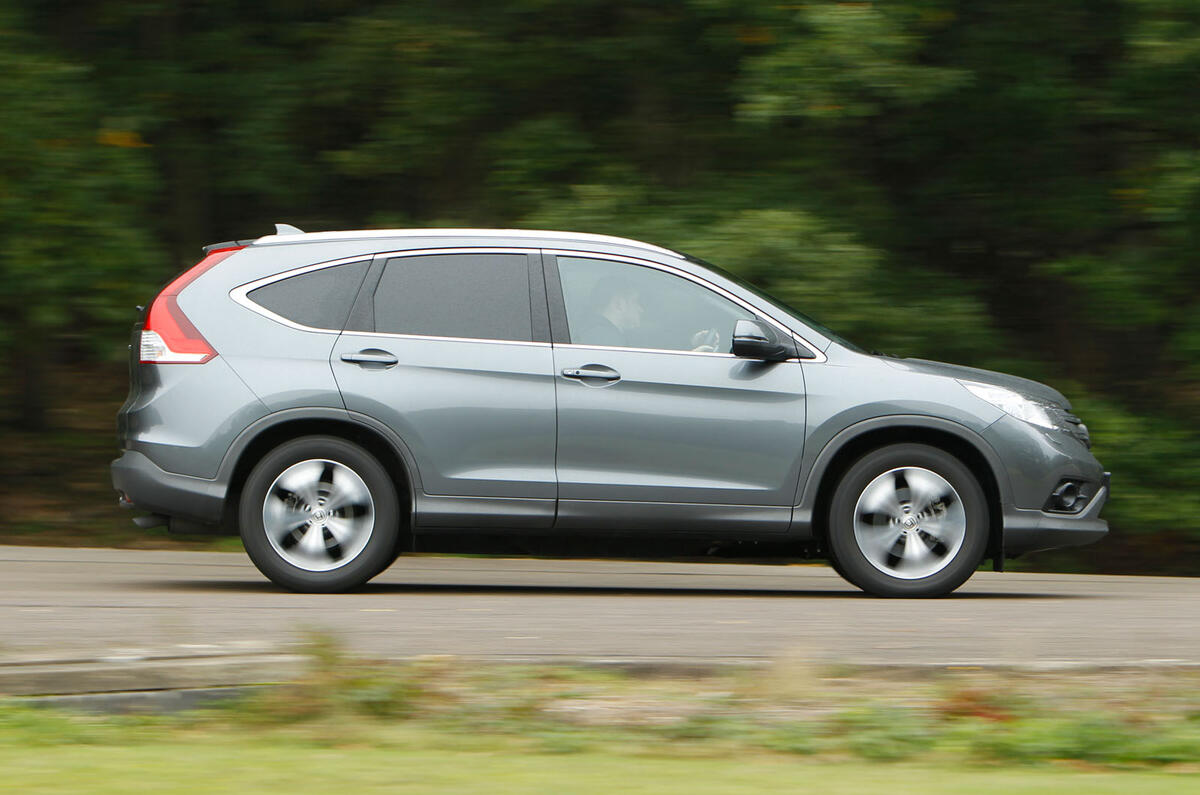
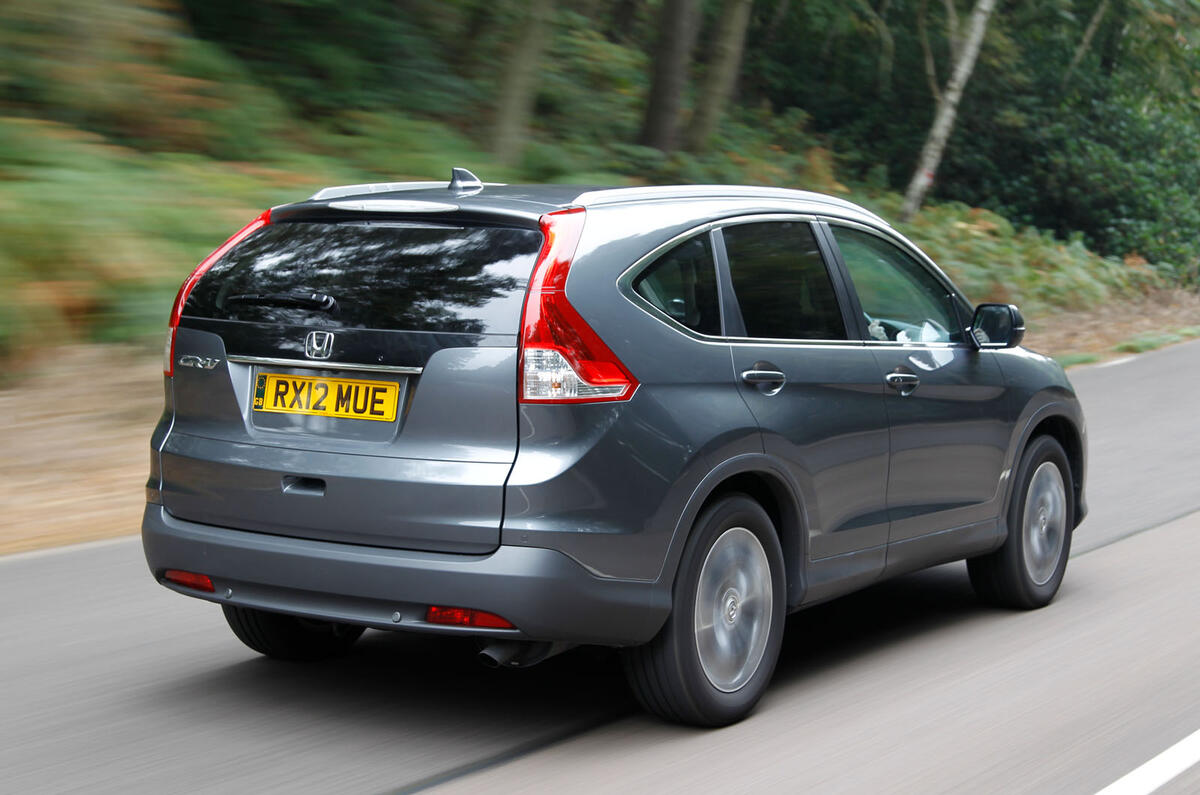

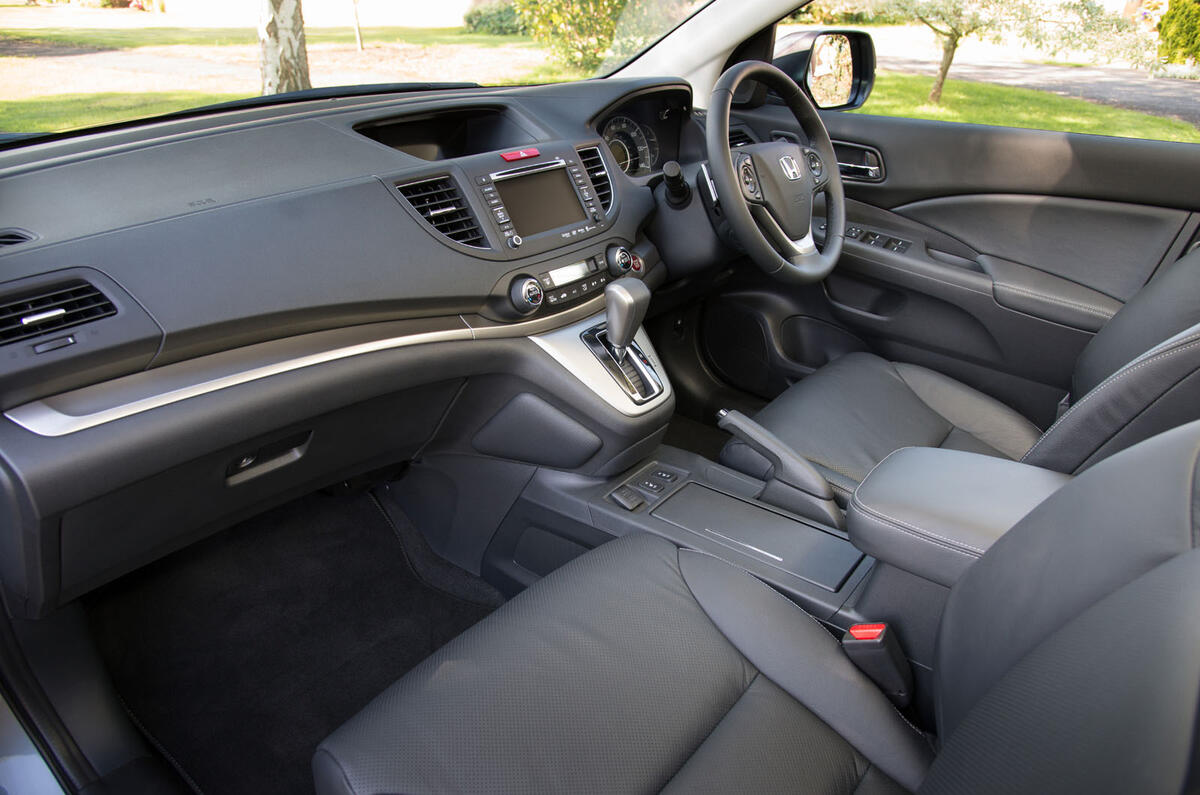
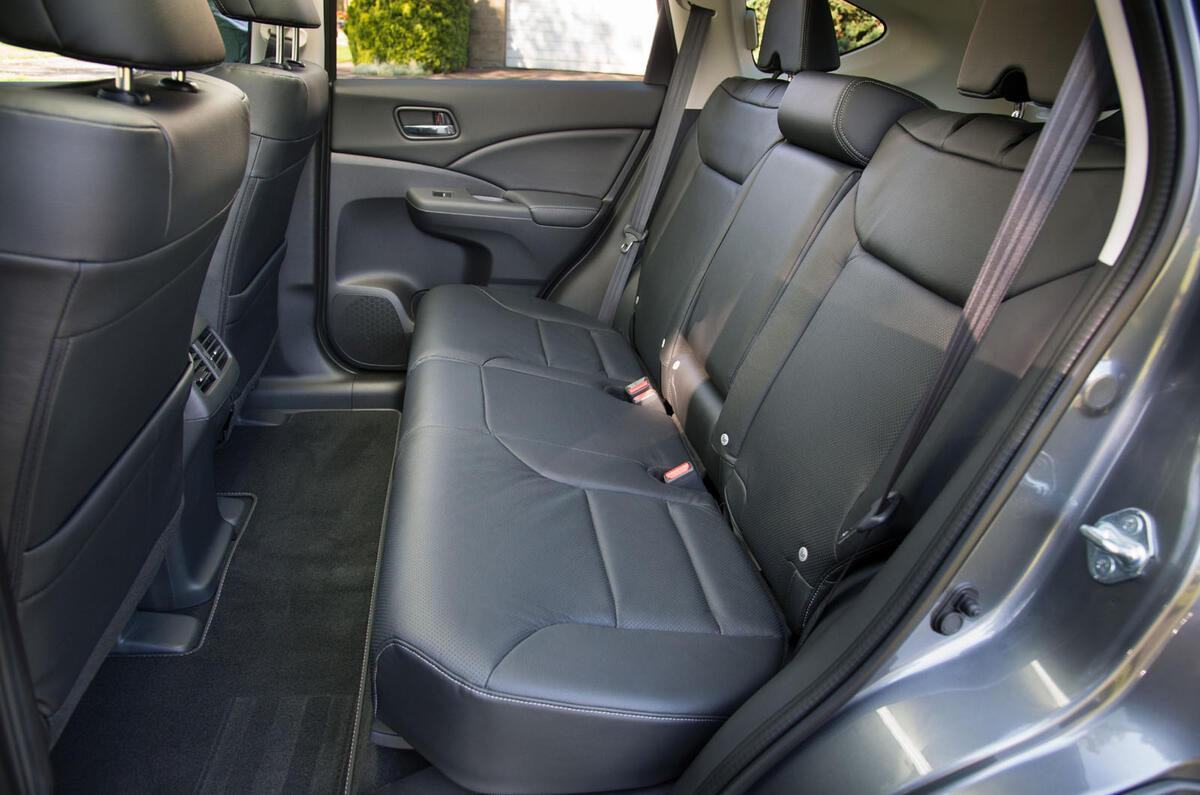
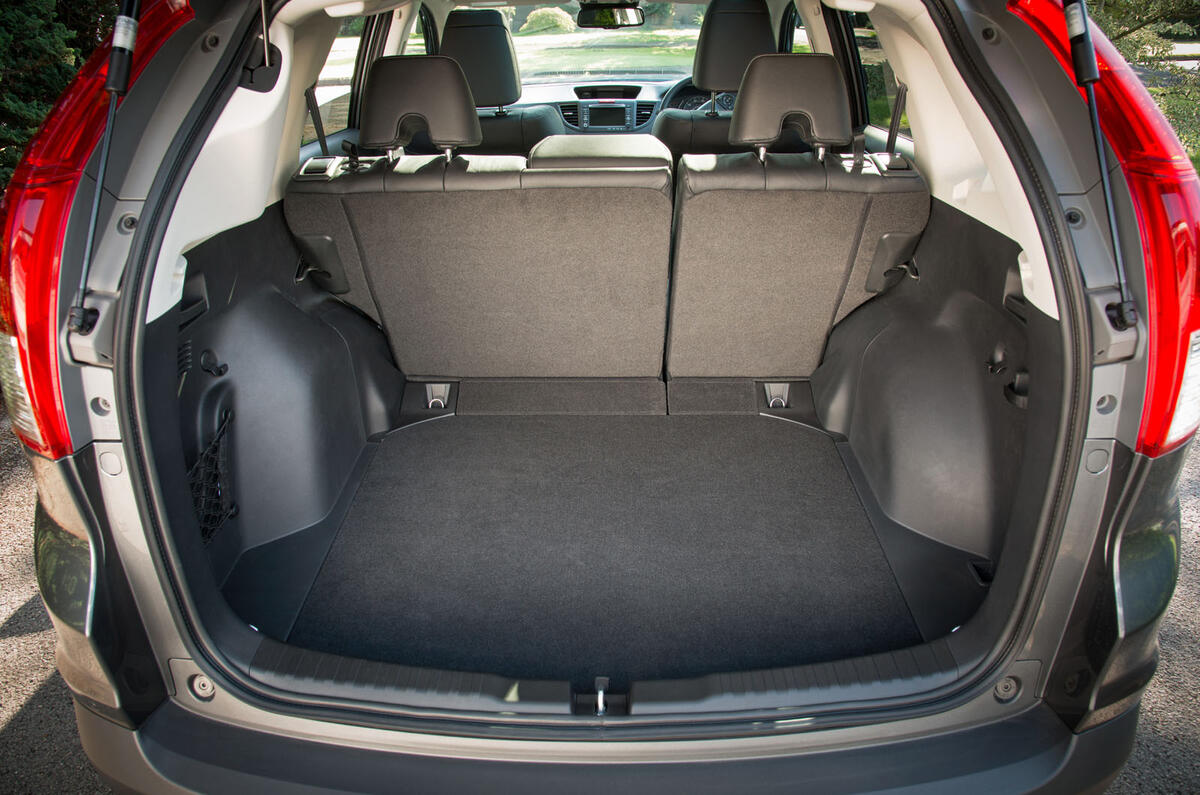
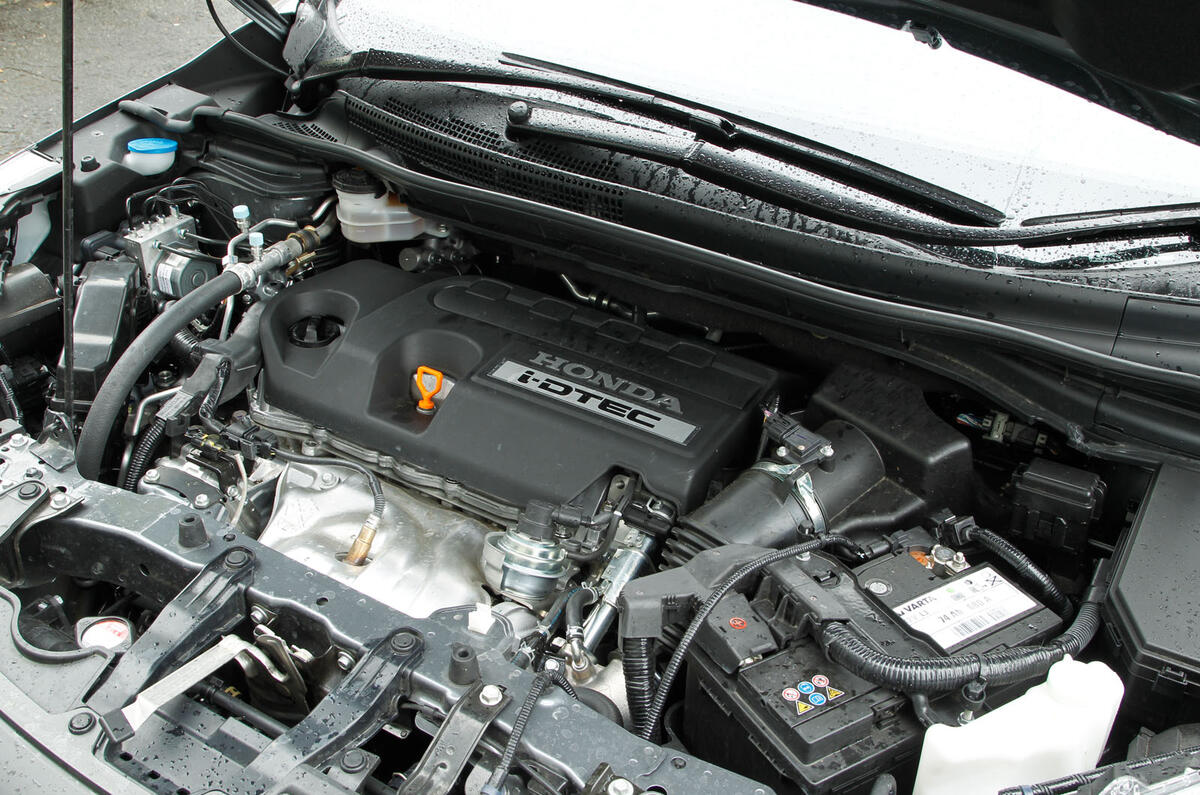
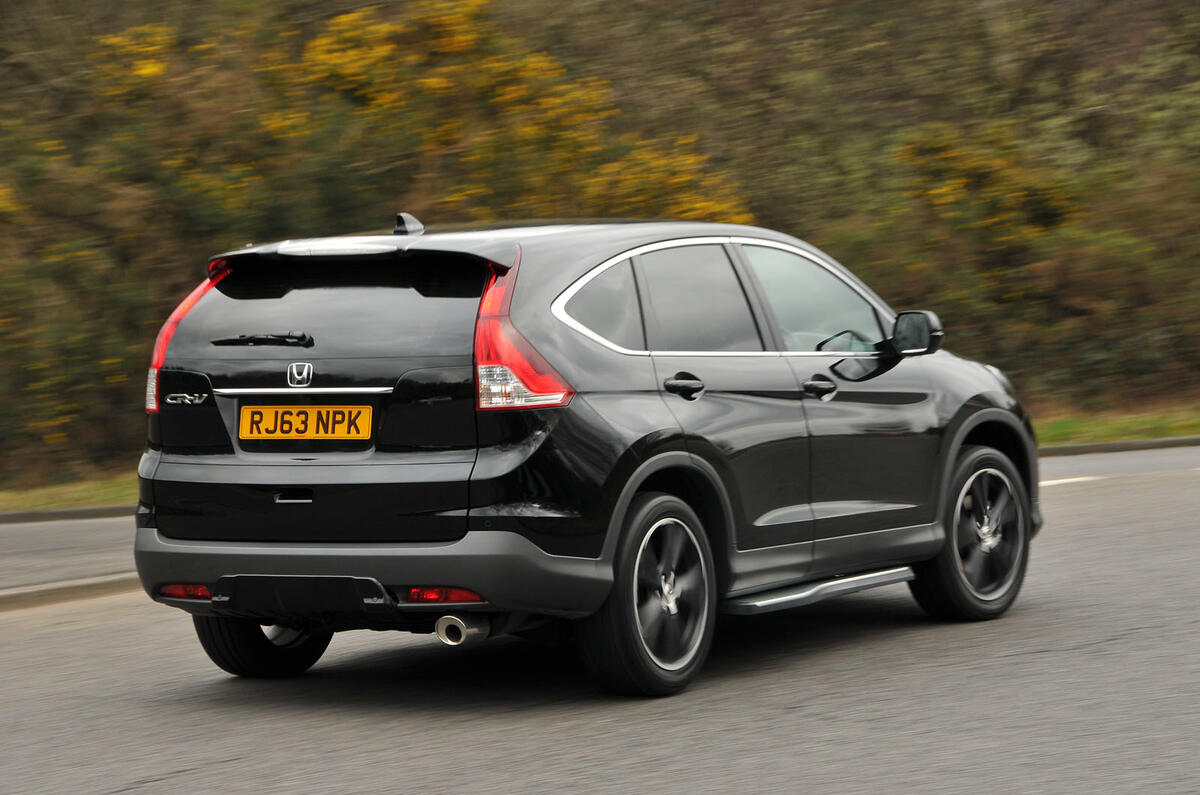
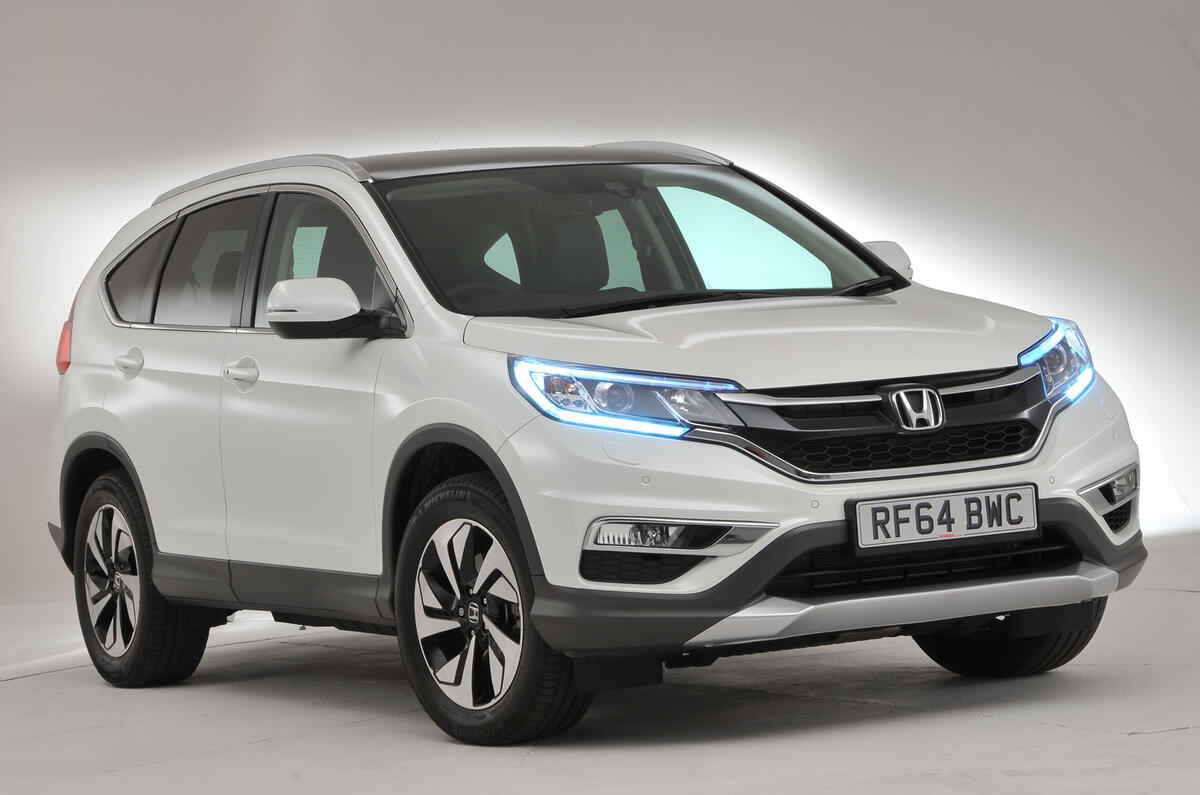

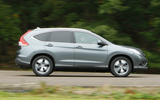
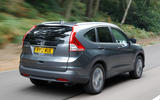

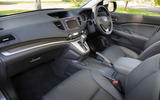

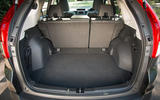
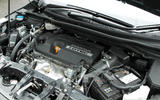




Join the debate
Add your comment
Honda CR-V is one of the best moving vehicles with excellent resale value. However, when it comes to used cars, the primary thing is to ensure that the recall work is done with the main features, as there might be issues not enclosed when buying—this guide makes sense. Great job! This blog disclosed all the features and their advantages and disadvantages.